C5 C6 Corvette: C5 vs. C6
From the very first Corvette (now known as the C1) to the C7 of today, each new generation of this quintessential American sports car has brought the excitement to a new level. But some argue the introduction of C6 in 2005 did not truly represent a "new generation."
This article applies to the C5 (1997-2004) and C6 Corvette (2005-2013).
If you want to start a debate, go to any online discussion board dedicated to the Chevy Corvette and ask which is better: the C5 or the C6. There is no question that the C6 was more of an evolutionary step than a revolutionary one—in fact, more than a few have referred to it as the C5-and-a-half—but those subtle and not-so-subtle differences add up to create two considerably different vehicles.
The most obvious difference, of course, is appearance. The biggest change was right up front—the C6 was the first Corvette in more than 40 years to have exposed headlights.
The C6 is also smaller overall than the C5—an inch narrower and more than five inches shorter; although, the C6 wheelbase is actually more than an inch longer than the C5's.

Figure 1. The 2004 C5 Z06 commemorative edition. 
Figure 2. The 2005 C6.
Component Breakdown
Engine
From its first year in 1997, the C5 was powered by the all-new (5.7 liter) LS1 engine (Figure 3), starting off with 345 horsepower and tweaked up to 350 hp for the 2001 model. By contrast, the C6 made its debut in 2005 with the larger (6.0 liter) LS2 motor (Figure 4), which boosted output to 400 hp. In 2008, the LS3 engine became the standard, with displacement increased to 6.2 liters and output to a hefty 430 hp.
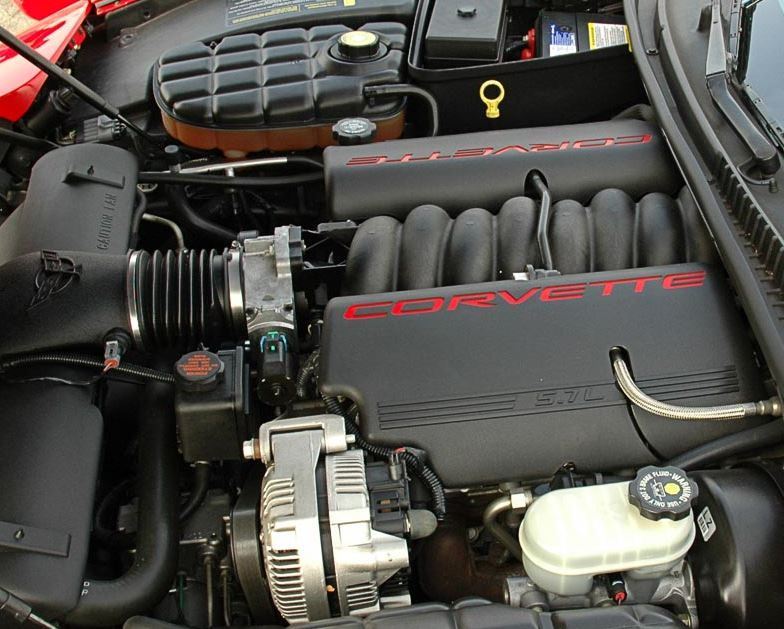
Figure 3. The 1999 C5 LS1 engine put out 345 hp, which increased to 350 in 2001. 
Figure 4. The debut of the C6 also featured an all-new engine, the 400 hp LS2.
Suspension
While the C5 suspension (Figure 5) marked a major departure from the previous generation, the C6 kept the same basic approach as the C5, with unequal-length A-arms at all four corners and the transverse leaf spring design. At the same time, it could be said the C6 suspension was "all-new." Virtually every component, including the steering gear, had undergone at least some re-engineering (Figure 6). The most noticeable differences are in the way rear components, such as the control arms and shocks, are mounted, changes that help to account for the C6's slightly longer wheelbase.
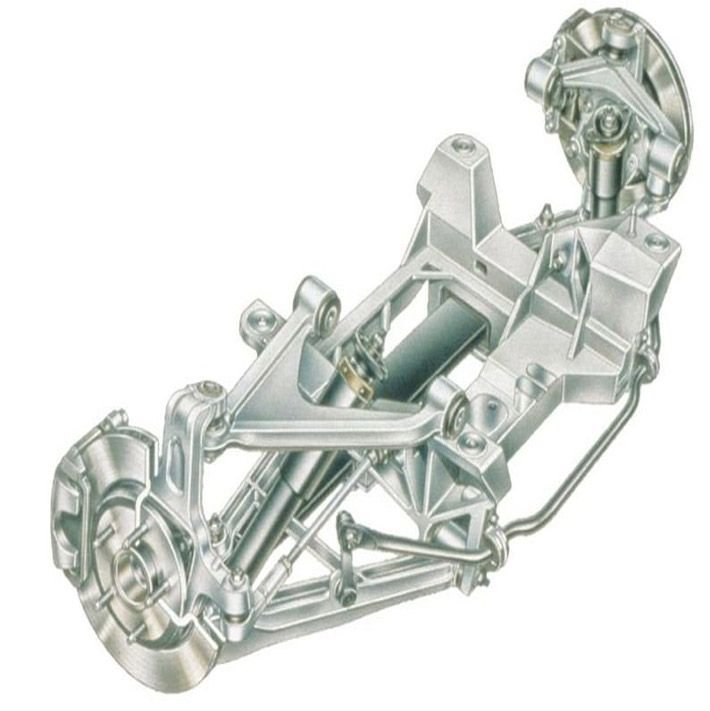
Figure 5. C5 rear suspension. 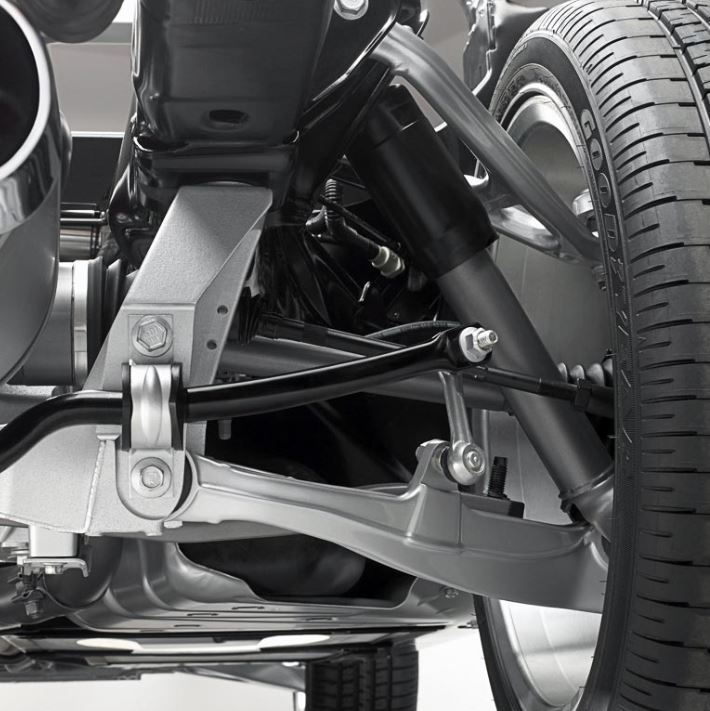
Figure 6. C6 rear suspension. Note the angle at which upper A-arm is mounted compared to the C5.
Interior
As for the interior, new digital options—including a navigation system—separated the C6 from the C5, which makes for a somewhat tidier view from the driver's seat. Designers added some brushed aluminum accents to give the C6 interior a lighter appearance. The C6 was also the first Corvette with available seat heating.

Figure 7. 2004 C5 offered plenty of buttons to play with. 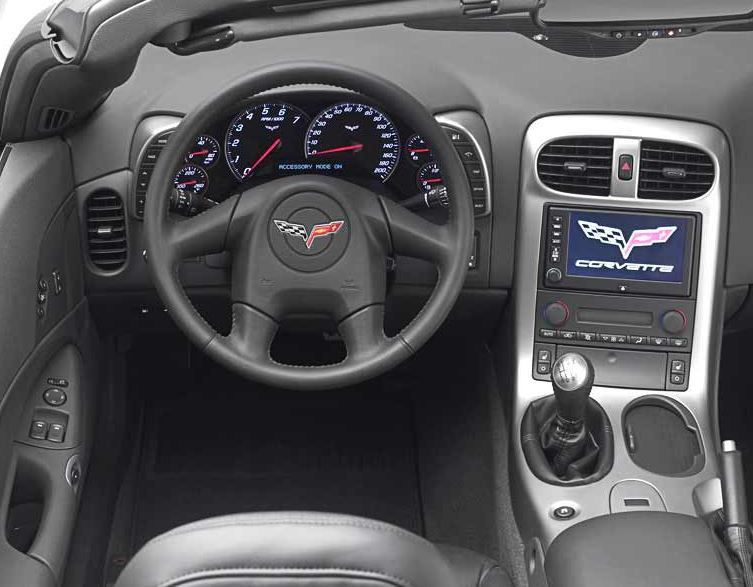
Figure 8. With new digital options, C6 cockpit seems a bit cleaner.
Scheduled Maintenance
There is very little difference in the maintenance schedules recommended by General Motors (GM) for the C5 and C6. It is interesting to note that while the C5 manual says the engine oil should be changed at least every 15,000 miles or once a year, the C6 manual does not specify a mileage interval. Instead, it tells the owner to change the oil when the vehicle's on-board computer system says it's time, but in any case, it is at least once a year.
For C5 owners, GM recommends an inspection of key components twice a year. This includes the braking system, exhaust system, wheels, tires, rear axle, cooling system, steering and suspension—including cleaning the outside of the radiator and air conditioning condenser. The C6 manual recommends a similar inspection at least once a year.
Common Questions
Which One is Faster?
Not surprisingly, zero-to-sixty test times for the base C6 are consistently lower than for the base model of the C5—an extra 50 horsepower in a car of almost identical weight is going to make a difference. At the same time, the C5 is no slouch. The '97 model clocked a 0-60 time of 4.6 seconds with the 345 hp LS1. The 2001 model cut that time to 4.4 seconds with the slightly more powerful 350 hp version of the LS1 engine.
The first C6 Corvettes powered by the 400 hp LS2 engine would get from 0-60 in 4.2 seconds. Newer models with the 430 hp LS3 motor manage it in 3.9 seconds. So, while an LS3-powered C6 will easily out run an older C5, they're all pretty darn fast.
How Different are They to Drive?
Again, this is a matter of some debate, but there does seem to be a general consensus that the C6, with a slightly longer wheelbase, slightly re-engineered suspension and bigger tires, is the more comfortable of the two when it comes to dealing with uneven pavement. Reviewers and owners both note that the C6 has a better on-center steering feel due to the revised steering gear and suspension tweaks. Where handling is concerned, there's little difference between the base C6 and the base C5. That said, the C6 was later offered with suspension packages that improved the handling far beyond what was offered in the C5. Grand Sport models were equipped with racier springs, shocks and sway bars, for example.
Common Issues
While there are many owners of C5 and C6 Corvettes who enjoy thousands of trouble-free miles, owners of both generations do report a number of issues. A search of discussion boards, such as CorvetteForum, using terms like "C6 common problems" will yield a list of problems experienced by owners. The list can look discouragingly long at first glance, but keep in mind not every problem reported is experienced by ever single owner. At the same time, a prospective buyer should know what to look for before pulling the trigger on the purchase.
Harmonic Balancer
One issue that seems to be relatively common in C6 Corvettes with LS engines (with more than 50,000 or so miles on them) is a "wobbly" harmonic balancer. This is the pulley at the bottom of the engine that bolts into the crankshaft. Along with powering the serpentine belt, the harmonic balancer absorbs some of the shock from all the little explosions that are happening inside the internal combustion engine, thus reducing vibration. Over time, a groove can wear in the sleeve of the part where it fits inside the engine (Figure 9), causing it to go out of balance and "wobble." In some cases, the bolt holding the balancer to the crankshaft can come loose, thereby freeing the pulley to roam the engine compartment—with unhappy consequences for nearby parts.
GM issued a number of Technical Service Bulletins (TSB) related to this issue. Most referred to the potential failure of the bolt that connects the balancer to the crankshaft. There's a very good discussion of the issue and related TSBs on CorvetteForum.com.
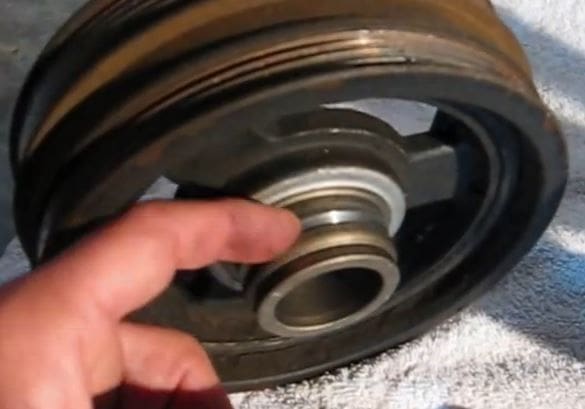
Featured Video: How the Corvette's Harmonic Balancer Works (and Why It Breaks)
Related Discussions
- C5 vs. C6 - CorvetteForum.com
- The C6 Corvette FAQ - CorvetteForum.com
- Everything I know About C5s - CorvetteForum.com






